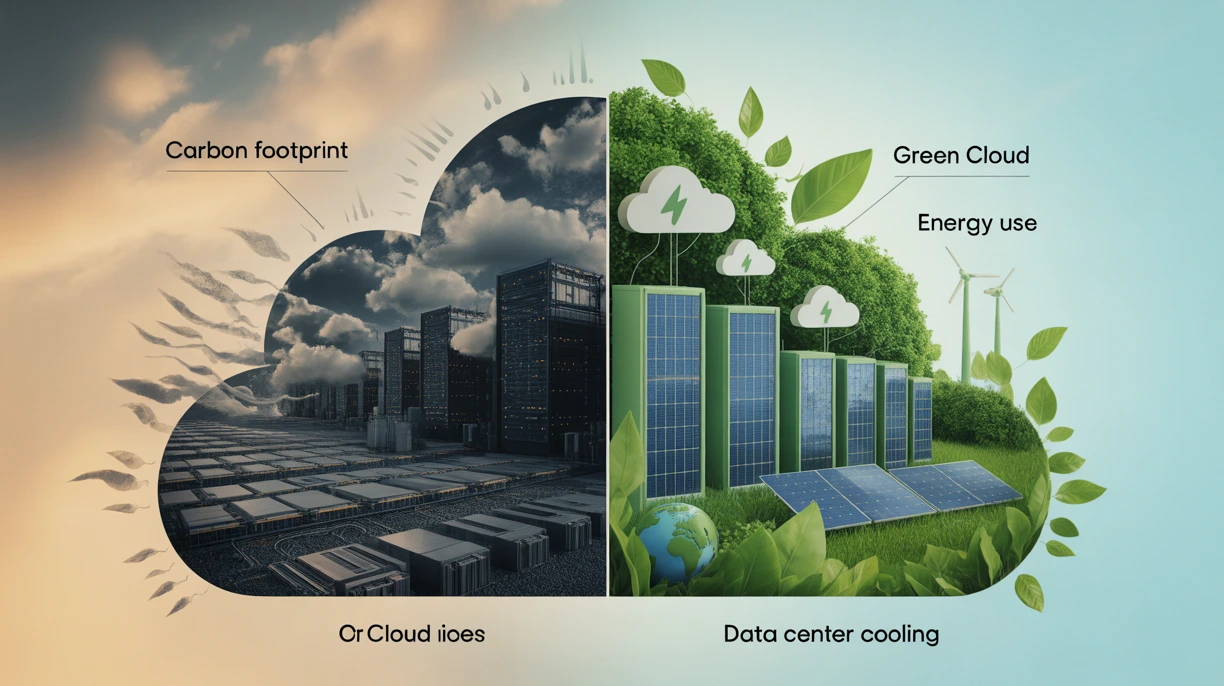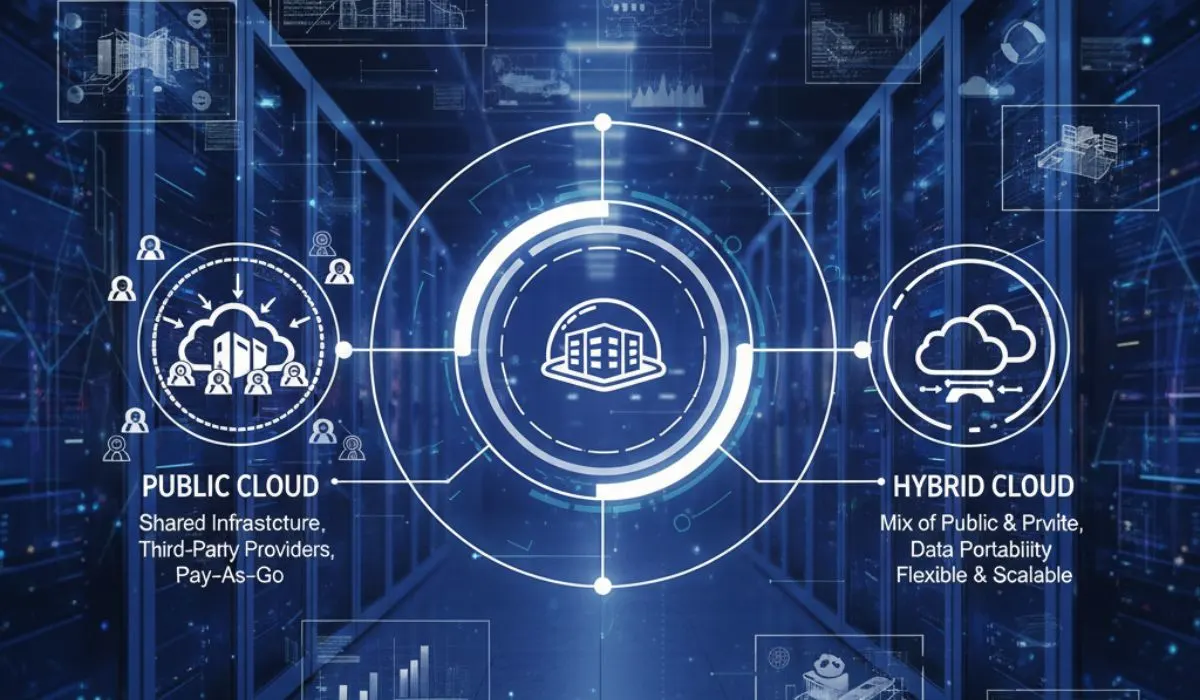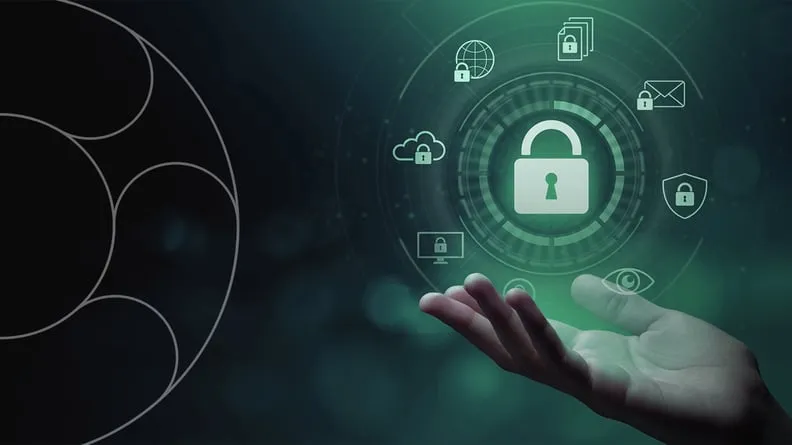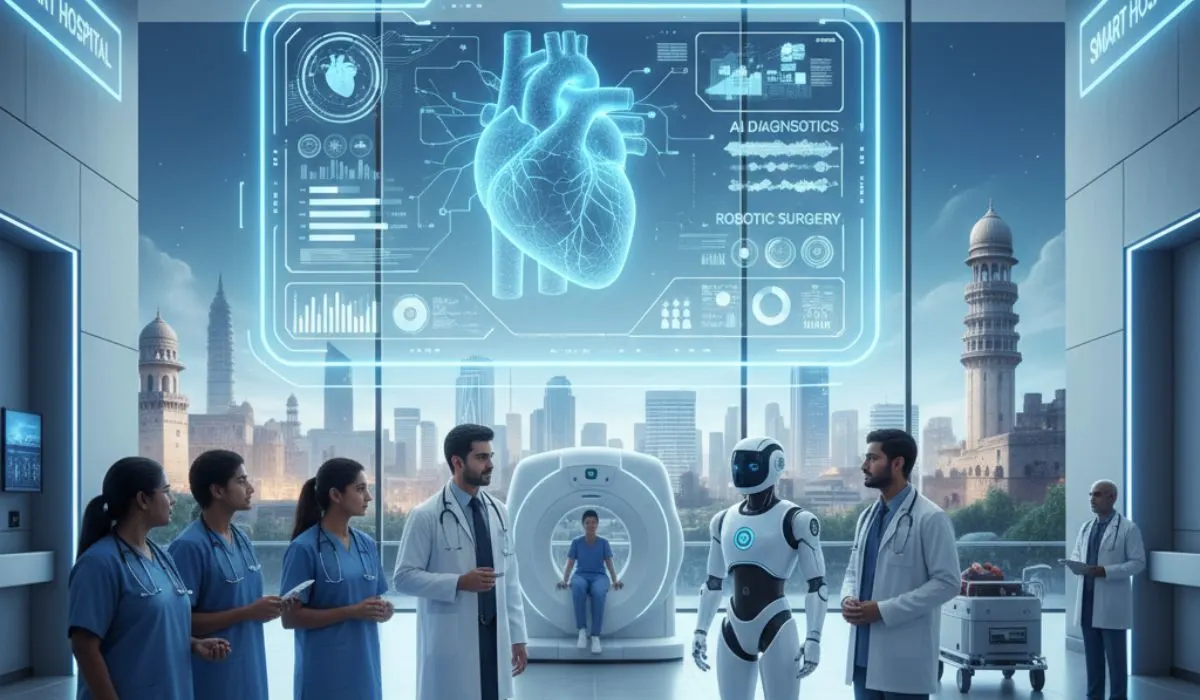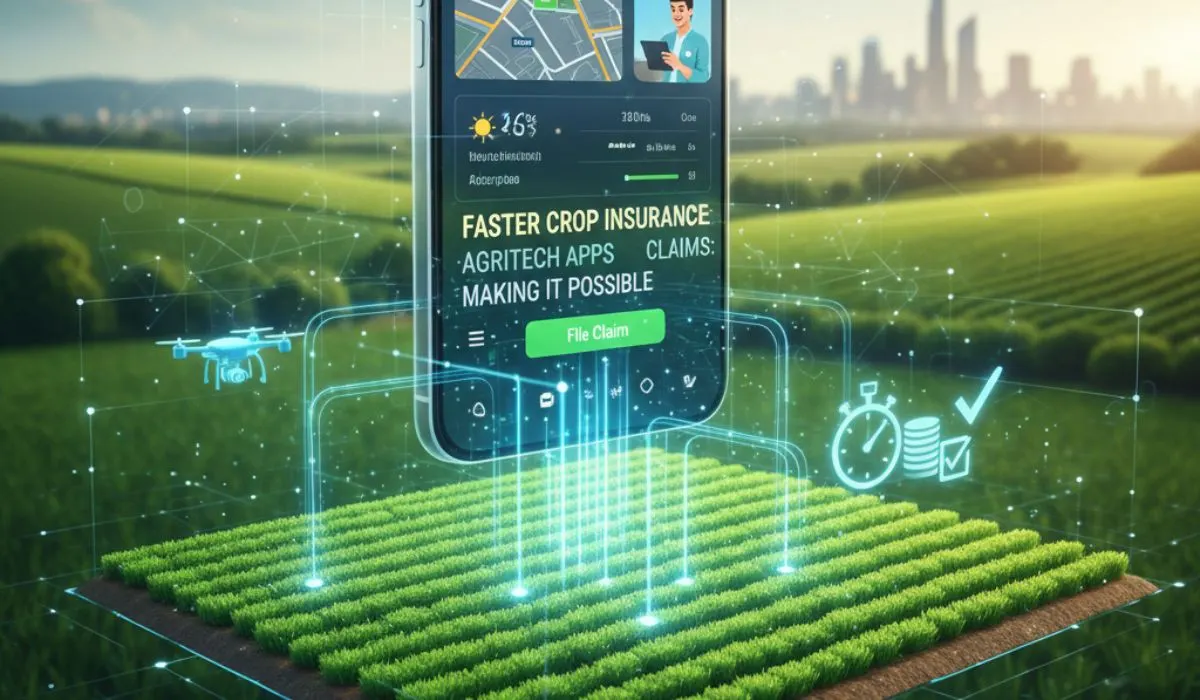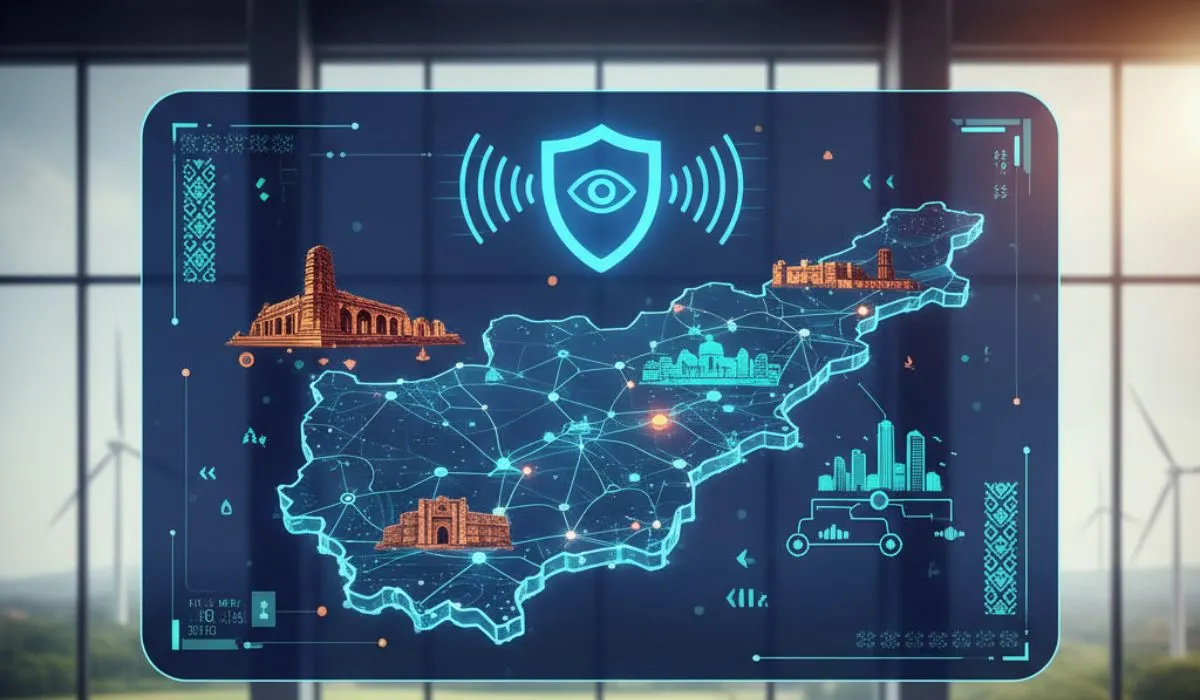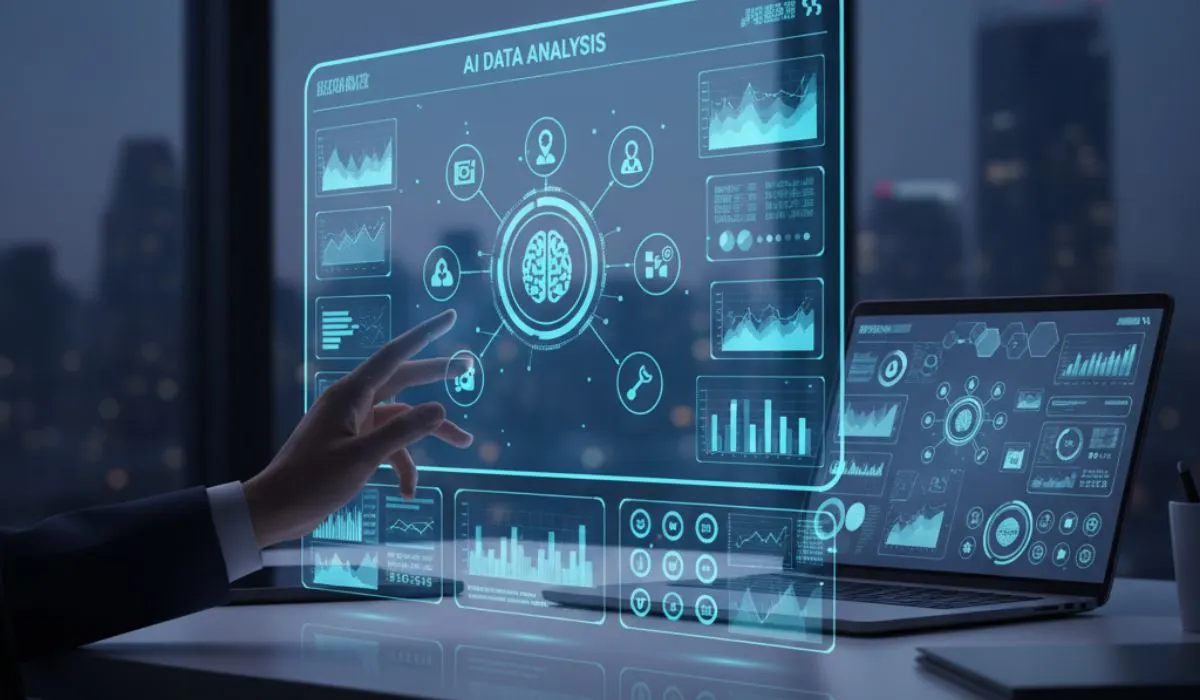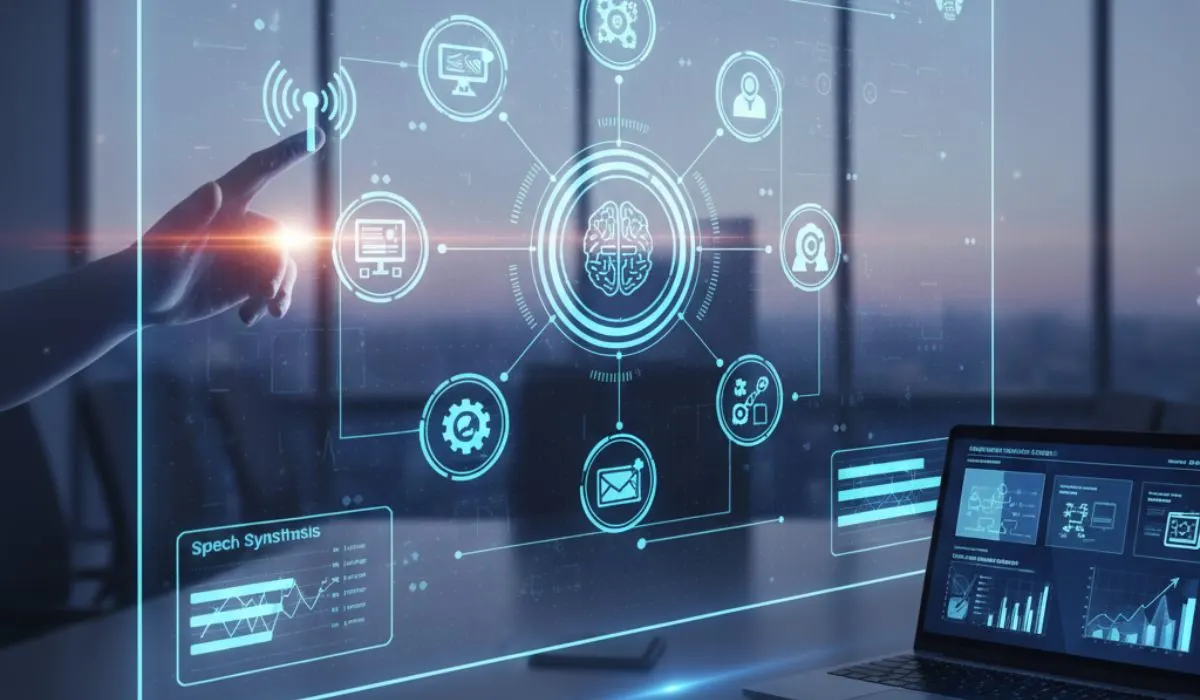I remember the first time someone told me that watching Netflix was harming the environment. I laughed! How could streaming my favorite show possibly hurt the planet? But after years of studying technology and its effects on our world, I've learned something shocking. The cloud isn't just floating in the sky - it's actually made of thousands of huge computer buildings that use tons of electricity. Today, I want to share what I've discovered about how our digital lives affect Mother Earth. This isn't meant to scare you, but to help you understand the real story behind the Environmental Impact Of Cloud Computing.
What Is Cloud Computing Anyway?
Before we talk about environmental problems, let me explain what cloud computing really means. When you save a photo to Google Drive or watch a video on YouTube, your data doesn't magically disappear into thin air. Instead, it travels to massive buildings filled with computers called data centers. These data centers are like giant libraries, but instead of books, they store all our digital stuff. Every email, every photo, every TikTok video - it all lives in these buildings somewhere around the world. I've visited several data centers during my research, and they're incredible. Rows and rows of computers working 24 hours a day, 7 days a week. They never sleep, never take breaks, and they're always hungry for electricity.
Understanding the Environmental Impact Of Cloud Computing
The truth is, cloud computing affects our environment in ways most people never think about. When I first started learning about this topic, I was amazed by how much energy these invisible services actually use.
Carbon Footprint of Cloud Computing - The Real Numbers
Let me share some eye-opening facts I've gathered:
- Data centers use about 1% of all electricity in the world
- By 2030, they might use 8% of all global electricity
- One data center can use as much power as 50,000 homes
- The internet produces more pollution than all airplanes combined
These numbers shocked me when I first read them. I had no idea that something so convenient could have such a big impact on our planet.
Negative Impacts of Computers on the Environment - More Than Just Power
During my research, I discovered that the environmental problems go far beyond just electricity use. Here's what really happens:
Energy Consumption Problems: The biggest issue is how much electricity these computer centers need. They run millions of computers all day and night. Plus, they need huge air conditioning systems to keep everything cool. In hot places like Arizona or Texas, cooling these buildings takes enormous amounts of energy.
Water Usage Issues: Something I never knew before studying this topic - data centers use millions of gallons of water every day for cooling. In areas where water is already scarce, this creates serious problems for local communities.
Electronic Waste Concerns: Computers don't last forever. Every few years, data centers replace thousands of old computers with new ones. All those old computers create tons of electronic waste that's hard to recycle properly.
How Cloud Services Create Pollution Every Day
The Journey of Your Data
Let me walk you through what happens when you upload a photo to Instagram. This simple action starts a chain reaction that affects the environment:
- Your phone sends the photo through cell towers
- The photo travels through internet cables (sometimes under the ocean!)
- It reaches a data center that might be thousands of miles away
- The data center stores your photo on multiple computers for safety
- Every time someone looks at your photo, this process happens again
Each step uses electricity. Each step creates a tiny bit of pollution. When billions of people do this millions of times per day, it adds up to a huge environmental impact of technology.
Streaming and Its Hidden Costs
I love watching movies online just like everyone else. But I was shocked to learn that streaming video creates more pollution than many other internet activities. Here's why:
- HD videos need lots of data storage space
- They require powerful computers to send the video to your device
- Popular videos get copied to many data centers around the world
- Live streaming uses even more energy than regular videos
One hour of HD video streaming creates as much pollution as driving a car for about 6 miles. That might not sound like much, but when millions of people stream videos every day, it really adds up.
Environmental Impact Of Cloud Computing Around the World
Different Countries, Different Problems
Through my research, I've learned that cloud computing affects different parts of the world in different ways:
In Hot Countries: Places like Singapore, India, and parts of the United States need extra electricity to cool their data centers. This means more pollution from power plants.
In Cold Countries: Countries like Iceland and Norway can use cold outdoor air to help cool their data centers. This saves energy and reduces pollution.
In Developing Nations: Some countries are building new data centers but don't have clean electricity sources yet. This creates more pollution per computer than in countries with solar or wind power.
The Global Data Traffic Problem
I was amazed to learn that internet traffic doubles every three years. This means we need twice as many data centers, twice as much electricity, and create twice as much pollution just to keep up with our digital habits.
Real-World Examples I've Observed
Major Tech Companies and Their Impact
During my research, I looked into how big tech companies handle environmental issues:
Google's Approach: Google has promised to use only clean energy for their data centers. They've built solar panels and wind farms to power their computers. However, they still create pollution when they build new data centers and replace old equipment.
Amazon's Challenge: Amazon Web Services runs about one-third of all internet services. That's a huge responsibility! They're working on using cleaner energy, but their rapid growth means they're still creating more pollution each year.
Microsoft's Innovation: Microsoft tried something interesting - they put a data center underwater in the ocean. The cold water helps cool the computers naturally, saving energy. But this is still experimental and expensive.
The Carbon Footprint of Cloud Computing in Daily Life
Small Actions, Big Consequences
I want to help you understand how your daily digital habits affect the environment:
Email Impact: Every email you send creates a tiny bit of pollution. Emails with pictures or attachments create more pollution than text-only messages. I learned that the average person's email account creates about 300 pounds of pollution per year.
Social Media Footprint: Scrolling through Facebook, Instagram, or TikTok constantly loads new content from data centers. The more time you spend on social media, the more electricity gets used to serve you new posts and videos.
Cloud Storage Reality: Storing photos and files in the cloud seems free and unlimited, but it's not. Every file you store needs space on computers that run 24/7. I was surprised to learn that many people have thousands of duplicate photos stored in the cloud without even knowing it.
Gaming and Entertainment Effects
Online gaming creates more pollution than most other internet activities. Here's what I discovered:
- Games need powerful computers to run smoothly
- Multiplayer games connect to data centers constantly
- Game updates and downloads use lots of internet traffic
- Streaming your gameplay doubles the environmental cost
Negative Impacts of Computers on the Environment - The Full Picture
Beyond Data Centers
My research showed me that the environmental problems go beyond just the computer buildings:
Manufacturing Impact: Making new computers requires mining rare metals from the earth. This mining process pollutes water and destroys natural habitats. The factories that build computer chips also use toxic chemicals.
Transportation Pollution: All the equipment for data centers gets shipped around the world on planes and boats. This transportation creates additional pollution before the computers even get turned on.
Infrastructure Development: Building new data centers requires concrete, steel, and other materials that create pollution during production. The construction process also affects local communities and wildlife.
The Hidden Network Infrastructure
Something I never thought about before - all those internet cables and cell towers also have environmental costs:
- Underwater internet cables affect ocean life during installation
- Cell towers need electricity to operate 24/7
- Internet equipment gets replaced regularly, creating electronic waste
- The network infrastructure spans the entire globe
Surprising Solutions and Hope for the Future
What Tech Companies Are Actually Doing
Despite all these problems, I've seen some amazing innovations during my research:
Renewable Energy Projects: Many data centers now run on solar, wind, or hydroelectric power. Some companies are even building their own clean energy plants.
Efficiency Improvements: New computers can do more work while using less electricity. Data centers are also getting better at cooling their buildings without wasting energy.
Smart Location Choices: Companies are building data centers in cold places where natural cooling reduces energy needs. They're also placing them near clean energy sources.
Innovative Cooling Technologies
I was fascinated to learn about new ways data centers stay cool:
- Some use outside air instead of air conditioning when possible
- Others capture waste heat to warm nearby buildings
- A few experimental centers use special cooling liquids instead of air
- Some data centers are built underground where it's naturally cooler
What This Means for Regular People Like Us
Making Informed Choices
Understanding the environmental impact of technology helps us make better decisions:
Smart Streaming Habits: You don't have to stop watching videos, but you can be more mindful. Download movies for offline viewing instead of streaming them multiple times. Choose lower video quality when you don't need HD.
Efficient File Management: Regularly clean out your cloud storage. Delete duplicate photos and old files you don't need. This reduces the amount of storage space that needs to run 24/7.
Thoughtful Communication: Send fewer unnecessary emails. Use text messages instead of emails when possible. Avoid sending large attachments unless really needed.
The Power of Small Changes
I've learned that small changes by millions of people can make a real difference:
- Turn off devices when not using them
- Use streaming services' eco-friendly settings when available
- Share accounts with family instead of everyone having separate subscriptions
- Support companies that use clean energy for their data centers
The Future of Cloud Computing and Our Environment
Promising Technologies on the Horizon
During my research, I discovered exciting developments that give me hope:
Artificial Intelligence for Efficiency: AI can help data centers use electricity more efficiently by predicting when they need more or less cooling and computing power.
New Computer Technologies: Scientists are working on computers that use light instead of electricity for some operations. This could dramatically reduce energy needs.
Quantum Computing Potential: Although still experimental, quantum computers might solve certain problems using much less energy than traditional computers.
Government Actions and Regulations
Governments around the world are starting to pay attention to this issue:
- Some countries require data centers to report their energy use
- Others offer incentives for using clean energy
- New building codes are making data centers more efficient
- International agreements are including digital pollution in climate goals
Realistic Steps We Can All Take Today
Individual Actions That Actually Matter
Based on everything I've learned, here are practical steps that make a real difference:
Digital Minimalism Approach: Be intentional about your technology use. Ask yourself if you really need to store every photo or watch every video. Quality over quantity applies to our digital lives too.
Energy-Conscious Habits: Use devices longer before upgrading. When you do need new equipment, choose energy-efficient options. Properly recycle old electronics at designated centers.
Supporting Better Companies: Choose services from companies that prioritize environmental responsibility. Many tech companies now publish annual reports about their environmental impact.
Community and Family Actions
I've found that working together multiplies our positive impact:
- Share streaming accounts appropriately with family members
- Teach kids about the environmental impact of their digital habits
- Support local electronics recycling programs
- Advocate for clean energy in your community
Looking Toward a Sustainable Digital Future
Balancing Technology and Environment
The goal isn't to go back to living without technology. Instead, we need to find smart ways to use technology that don't destroy our planet. I believe we can have both amazing digital services and a healthy environment. It requires effort from tech companies, governments, and regular people like us working together.
The Role of Education and Awareness
One of the most important things I've learned is that most people simply don't know about these environmental impacts. When people understand the real costs of our digital habits, they usually want to make better choices. Schools should teach kids about digital environmental responsibility. Parents should talk to their families about mindful technology use. We all need to spread awareness about the Environmental Impact Of Cloud Computing.
Conclusion: Small Changes, Big Impact
After spending months researching this topic, I'm convinced that understanding the environmental impact of our digital lives is one of the most important issues of our time. The carbon footprint of cloud computing and the negative impacts of computers on the environment are real and growing. But I'm also hopeful. Technology companies are investing billions in clean energy. Governments are creating new environmental regulations. And regular people are becoming more aware of how their digital choices affect the planet.
The most powerful thing I've learned is that we don't have to choose between technology and the environment. We can enjoy the benefits of cloud computing while also protecting our planet. It just requires making informed, thoughtful decisions about how we use these amazing tools.
Every time you delete an old file, choose a lower video quality, or support an environmentally responsible company, you're part of the solution. Together, we can ensure that future generations inherit both amazing technology and a healthy planet. The cloud may be invisible, but its impact on our environment is very real. Now that you know the truth, you have the power to make a difference. What will you choose to do with this knowledge?



